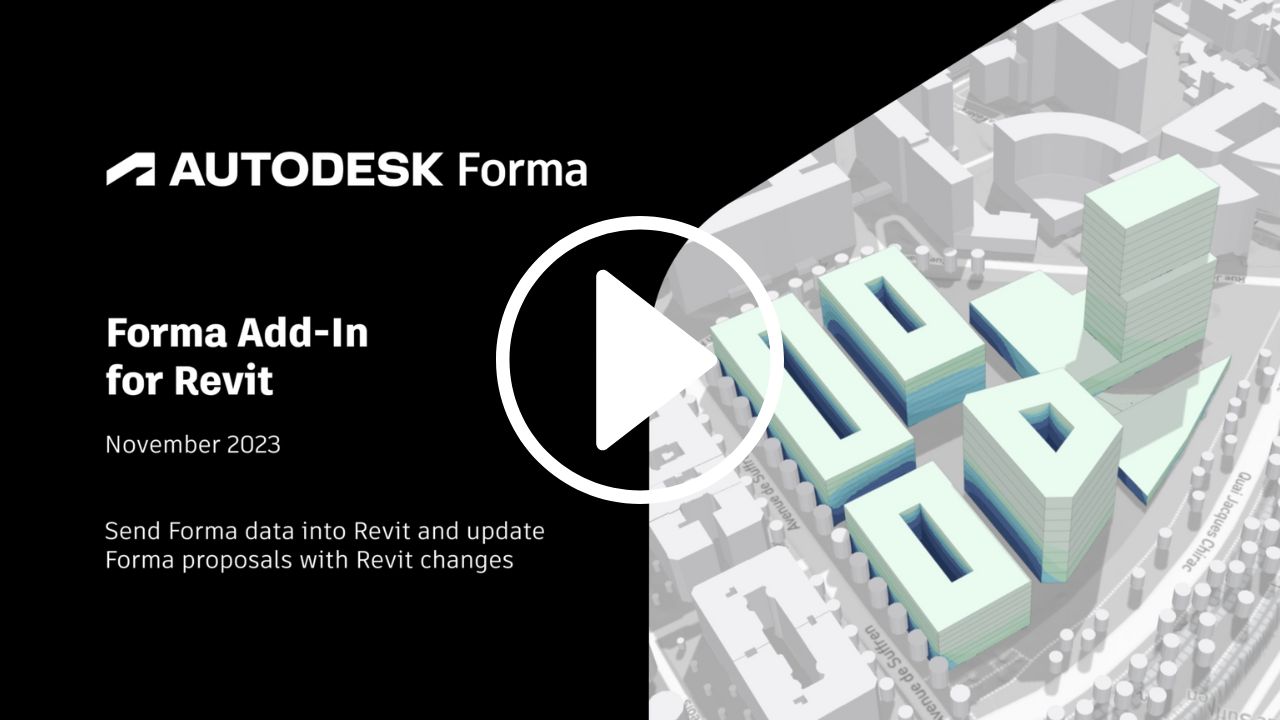
Autodesk Forma (Spacemaker): Complete Buyer's Guide
Transforming early-stage urban development and site planning workflows
Autodesk Forma (Spacemaker) is an enterprise-focused AI design platform that transforms early-stage urban development and site planning workflows through automated analysis and generative design capabilities. Originally developed as Spacemaker before Autodesk's acquisition, the platform positions itself as the central hub for architecture, engineering, and construction professionals managing complex urban projects requiring regulatory compliance and environmental validation.
Market Position & Maturity
Market Standing
Autodesk Forma occupies a specialized enterprise position within the broader AI design tools market, leveraging Autodesk's established dominance in CAD/BIM ecosystems to create unique competitive advantages.
Company Maturity
Company maturity benefits from Autodesk's substantial enterprise infrastructure and established customer relationships across architecture, engineering, and construction industries.
Growth Trajectory
Growth trajectory indicators include expanding customer adoption across enterprise architecture firms and real estate developers.
Industry Recognition
Industry recognition emerges through documented customer success stories across international markets.
Strategic Partnerships
Strategic partnerships within Autodesk's ecosystem create significant competitive moats.
Longevity Assessment
Longevity assessment strongly favors Forma due to Autodesk's market position and continued investment in AI capabilities.
Proof of Capabilities
Customer Evidence
Enterprise Customer Validation demonstrates Forma's effectiveness across diverse implementation scenarios. Baker Barrios Architects successfully deployed the platform as a central hub, consolidating 4-5 previous software tools into unified workflows and achieving 90% time reduction in schematic design tasks[50].
Quantified Outcomes
Quantified business outcomes extend beyond efficiency metrics to measurable growth impact. Per Knudsen Arkitektkontor attributed 15% company growth directly to competition wins enabled by Forma's analytical capabilities during client presentations[52].
Case Study Analysis
Gray Puksand's international deployment provides compelling evidence of Forma's capability to handle complex, high-stakes projects. The firm accelerated site analysis by 91%, reducing setup time from 1-2 days to 2 hours through automated contextual data ingestion[51].
Market Validation
Market validation through customer retention and expansion indicates sustained value delivery.
Competitive Wins
Competitive displacement evidence emerges through customer testimonials describing consolidation of multiple previous tools.
Reference Customers
Reference customers include Baker Barrios Architects, Gray Puksand, and Per Knudsen Arkitektkontor.
AI Technology
Autodesk Forma's AI technology core centers on three integrated capability areas that transform traditional early-stage design workflows.
Architecture
Architecture and deployment follow enterprise-grade patterns requiring dedicated IT resources for integration configuration.
Primary Competitors
Primary competitive alternatives include TestFit for specialized site planning and feasibility studies, Figma AI for general prototyping automation, and other enterprise AI design platforms targeting early-stage development workflows.
Competitive Advantages
Competitive advantages center on enterprise-grade integration capabilities and specialized regulatory compliance features.
Market Positioning
Market positioning within Autodesk's broader AEC industry cloud ecosystem creates both advantages and dependencies.
Win/Loss Scenarios
Win/loss scenarios favor Forma when organizations require comprehensive early-stage design support integrated with existing CAD/BIM workflows, regulatory compliance automation, and environmental analysis capabilities.
Key Features

Pros & Cons
Use Cases
Integrations
Pricing
Featured In Articles
Comprehensive analysis of AI Layout Design Tools for AI Design for AI Design professionals. Expert evaluation of features, pricing, and implementation.
How We Researched This Guide
About This Guide: This comprehensive analysis is based on extensive competitive intelligence and real-world implementation data from leading AI vendors. StayModern updates this guide quarterly to reflect market developments and vendor performance changes.
59+ verified sources per analysis including official documentation, customer reviews, analyst reports, and industry publications.
- • Vendor documentation & whitepapers
- • Customer testimonials & case studies
- • Third-party analyst assessments
- • Industry benchmarking reports
Standardized assessment framework across 8 key dimensions for objective comparison.
- • Technology capabilities & architecture
- • Market position & customer evidence
- • Implementation experience & support
- • Pricing value & competitive position
Research is refreshed every 90 days to capture market changes and new vendor capabilities.
- • New product releases & features
- • Market positioning changes
- • Customer feedback integration
- • Competitive landscape shifts
Every claim is source-linked with direct citations to original materials for verification.
- • Clickable citation links
- • Original source attribution
- • Date stamps for currency
- • Quality score validation
Analysis follows systematic research protocols with consistent evaluation frameworks.
- • Standardized assessment criteria
- • Multi-source verification process
- • Consistent evaluation methodology
- • Quality assurance protocols
Buyer-focused analysis with transparent methodology and factual accuracy commitment.
- • Objective comparative analysis
- • Transparent research methodology
- • Factual accuracy commitment
- • Continuous quality improvement
Quality Commitment: If you find any inaccuracies in our analysis on this page, please contact us at research@staymodern.ai. We're committed to maintaining the highest standards of research integrity and will investigate and correct any issues promptly.